The Spanish island of Lanzarote is a sight to behold, with its unique landscape dotted with vineyards cultivated in conical hollows created within layers of volcanic ash. Despite the challenging terrain, the people of Lanzarote have perfected the art of winemaking, turning the volcanic soil into fertile ground for producing exquisite wines.
Located just 127 kilometers off the coast of Africa, Lanzarote is part of the Canary Islands archipelago, known for its more than 300 lava spires. Often referred to as the "Volcano Island," Lanzarote boasts a lunar-like landscape shaped by volcanic eruptions, including the last major eruption in 1824.
The eruption of 1730, which lasted six years, had a profound impact on the island's inhabitants, reshaping their way of life. Faced with food shortages and famine caused by the destruction of villages and farmland, the islanders discovered that grapevines could thrive in the nutrient-rich volcanic ash layer.
Unlike other wine-producing regions, Lanzarote receives minimal rainfall, averaging only 150 mm annually. To overcome this challenge, farmers developed a unique cultivation method, digging conical hollows known as "hoyos" and planting grapevines within them. These hoyos collect and store rainwater and dew, providing vital moisture to the vines and protecting them from wind and erosion.
The ingenious engineering behind Lanzarote's vineyards has transformed the island into a renowned wine-producing region. El Grifo, founded in 1775, stands as the oldest winery in the Canary Islands and one of Spain's ten oldest wineries. Today, there are 28 active wineries on the island, each contributing to Lanzarote's rich winemaking heritage.
Despite the challenges posed by its volcanic landscape, Lanzarote's wine industry thrives, thanks to the resilience and ingenuity of its people. As El Grifo's technical director, Elisa Ludena, aptly puts it, the islanders' visionary spirit and ability to adapt have turned adversity into opportunity, creating a wine region that truly rises from the ashes.



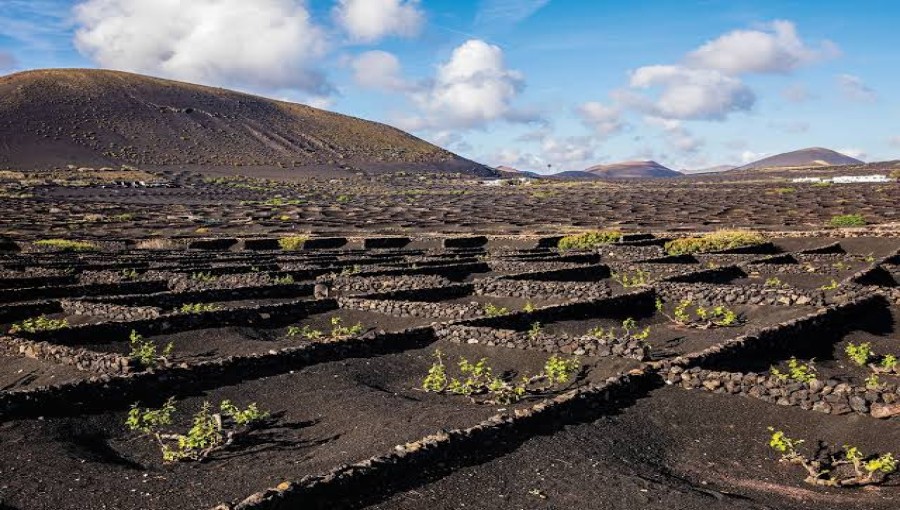
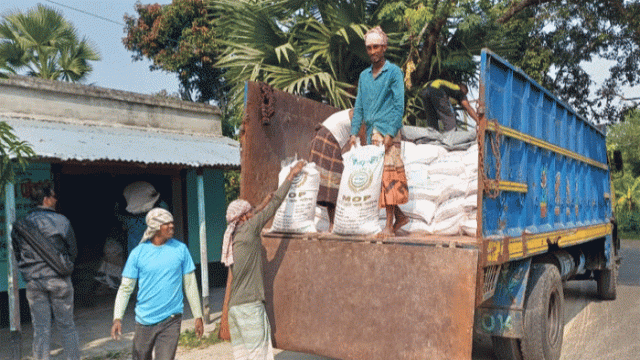
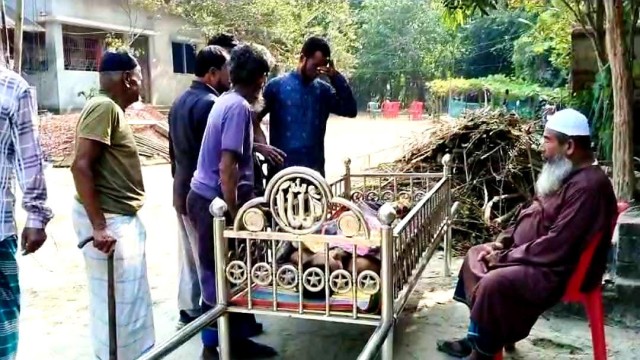
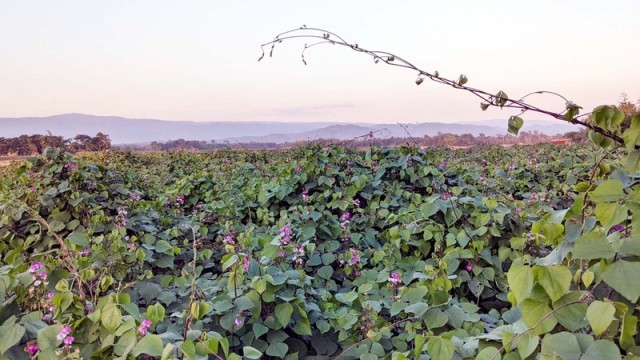
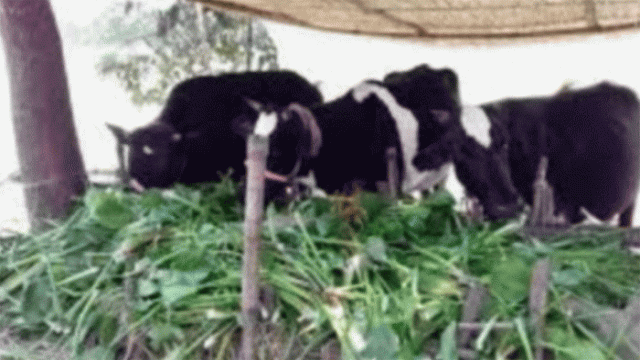
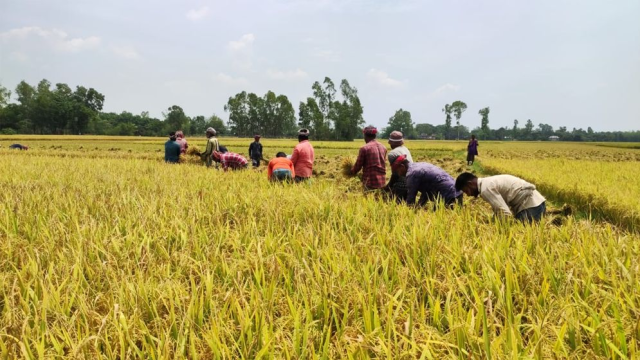









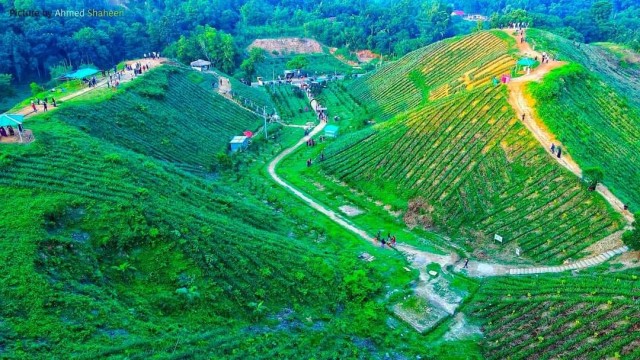



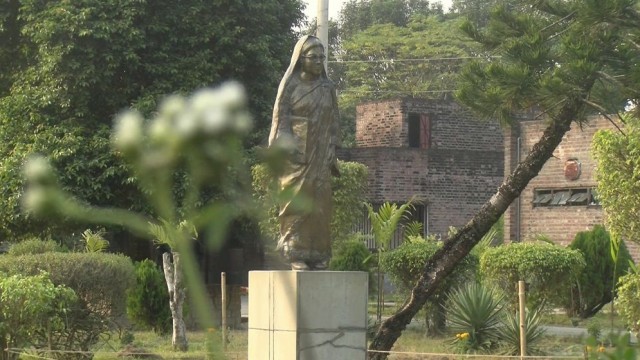




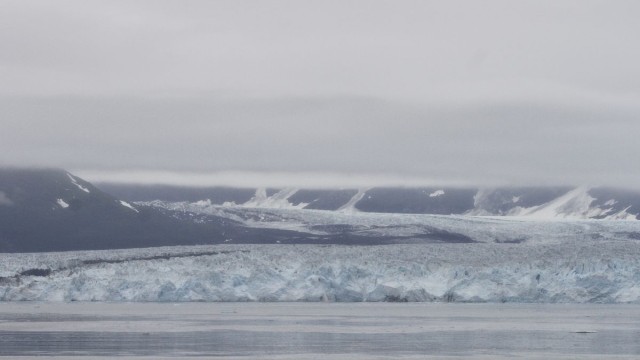


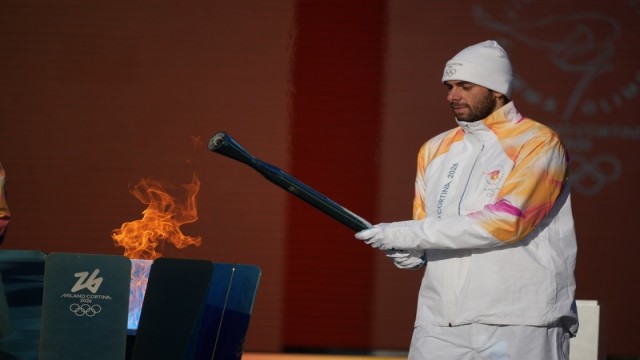
Comment: